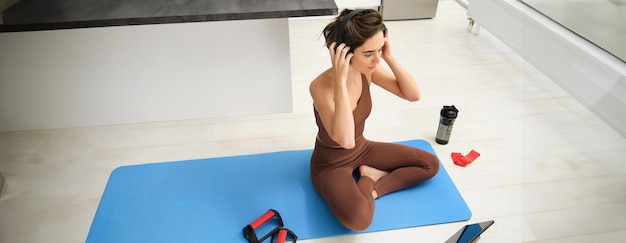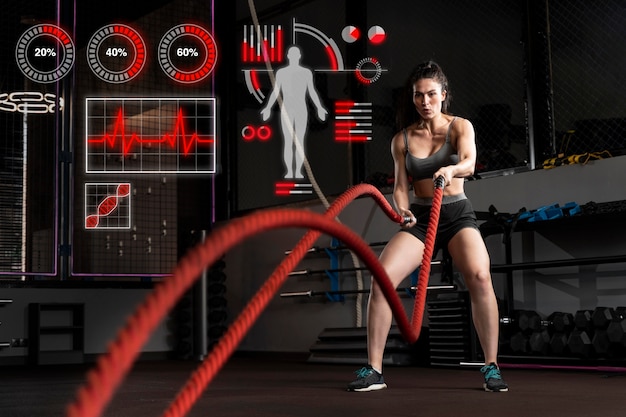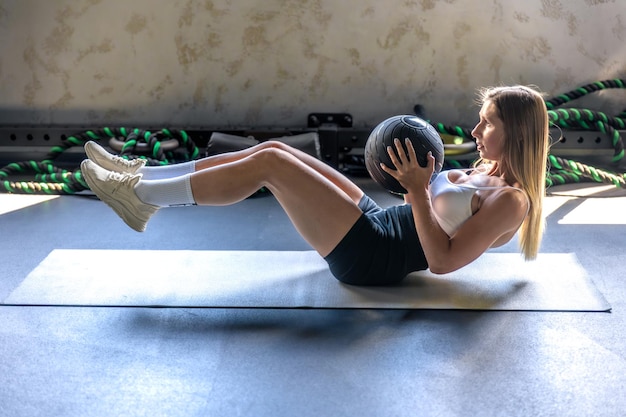If you're looking to feel more energized, burn calories efficiently, and improve your fitness without spending hours at the gym, High-Intensity Interval Training (HIIT) might be the perfect solution. The best part? You don’t need fancy equipment or a lot of time. Whether you’re juggling work, family, or a packed social calendar, HIIT is designed to fit real life.
HIIT stands for High-Intensity Interval Training. It involves short bursts of intense exercise followed by brief recovery periods. A typical HIIT session lasts between 10 and 30 minutes, making it ideal for busy lifestyles. Unlike traditional steady-state cardio, HIIT keeps your heart rate elevated, maximizing calorie burn in less time.
Research shows that HIIT can improve cardiovascular health, increase metabolism, and boost endurance—all while being time-efficient. Plus, the afterburn effect (also known as EPOC—Excess Post-Exercise Oxygen Consumption) means your body continues to burn calories even after your workout ends.

One of the biggest barriers to exercise is time. Many people believe they need 60-minute gym sessions to see results. But HIIT flips that idea on its head. You can get an effective, energizing workout in as little as 15 minutes.
It might seem counterintuitive—how can intense exercise give you more energy? But numerous studies suggest that regular HIIT improves mitochondrial function (the energy powerhouses in your cells), enhances blood flow, and increases oxygen delivery to muscles.
Additionally, HIIT stimulates the release of endorphins and other mood-enhancing hormones. This natural 'high' can reduce fatigue, sharpen focus, and improve your overall sense of well-being—perfect for combating afternoon slumps or low motivation.

If you're new to HIIT, start slow. Aim for 2–3 sessions per week. Here’s a beginner-friendly 15-minute routine using only your body weight:
As you build stamina, increase work intervals to 30 seconds and reduce rest to 15 seconds. You can also add more rounds or include light equipment like resistance bands later on.
Myth: HIIT is only for athletes.
Truth: HIIT can be scaled for any fitness level. Beginners can use low-impact moves and longer rest periods.
Myth: You need equipment.
Truth: Bodyweight HIIT is effective and accessible. Add dumbbells or bands later if desired.
Myth: More is better.
Truth: Overtraining can lead to injury. 2–3 sessions per week are enough for most people.

The key to lasting results is consistency, not perfection. Schedule your HIIT sessions like appointments. Pair them with habits you already have—like after your morning coffee or before dinner.
Over time, you’ll notice increased energy, better sleep, and improved mood. And because HIIT is flexible and efficient, it’s easier to stick with long-term compared to rigid fitness routines.
Ready to feel more alive? Start small, stay consistent, and let HIIT power your real-life schedule.

Fitness

Fitness

Fitness

Fitness

Fitness

Wellness

Fitness

Fitness

Fitness

Fitness

Fitness

Fitness

Health

Fitness

Health

Health